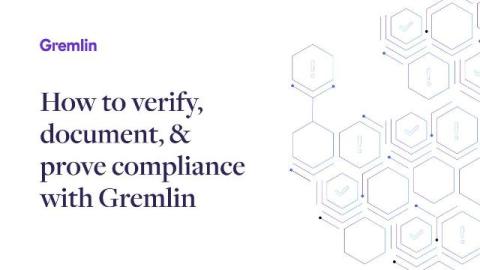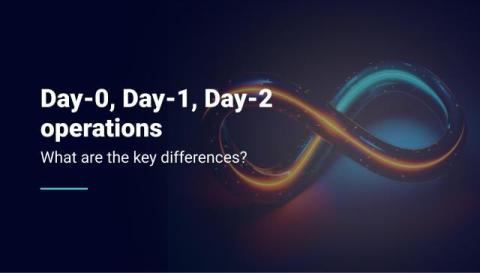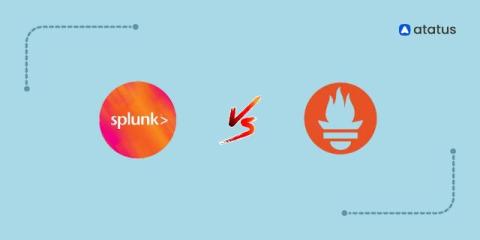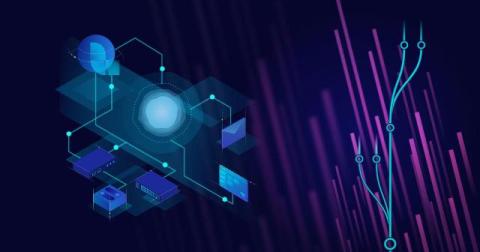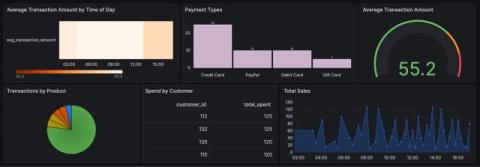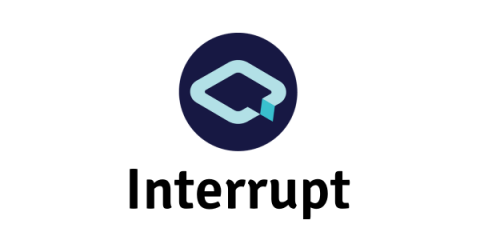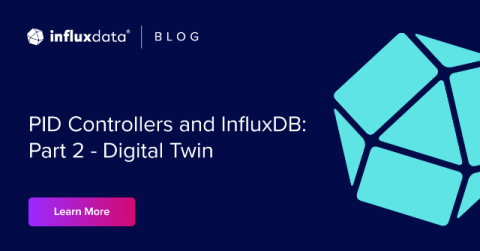How to verify, document, and prove compliance with Gremlin
Resilient and reliable IT systems have become a minimum requirement for modern businesses—a fact driven home by any number of high-profile outages over the past few years. Unfortunately, when those outages are in the financial sector, it can have far-reaching and incredibly damaging results.


